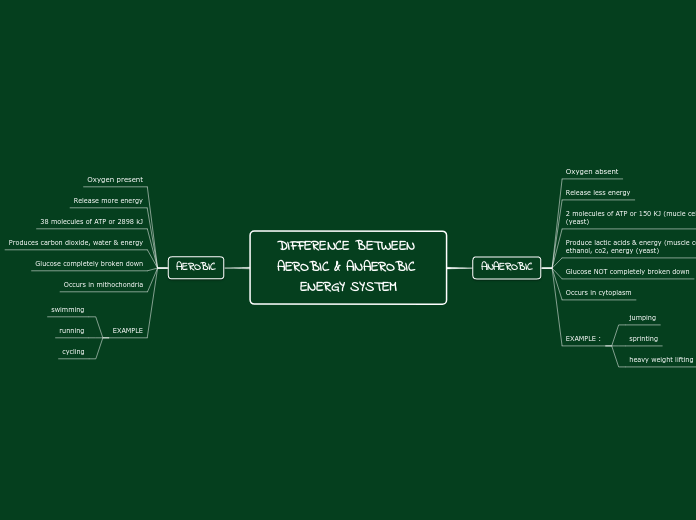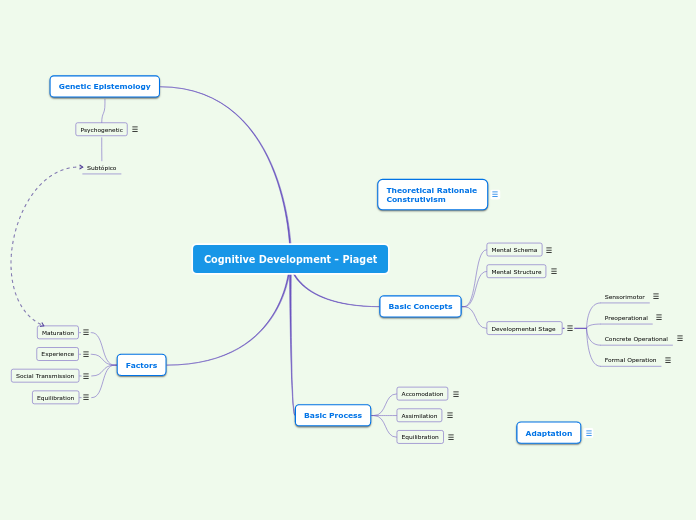Chapter 3: Adaptation
3B: Adaptation to Anaerobic
Increase Aerobic Capacity
Increase Buffering Capacity
Sprinter - generate energy for longer period
Neutralize acidity
Glycolytic System
Performance gains from increase in strength
Increase - (Phosphorylase, PFK, LDH)
ATP-PCr System
Specific training - strength increase
Little enzymatic change with training
Cardiovascular adaptation
Decreased resting BP
Small increase in SV
Decreased resting HR
Small increase ventricle size
Cardiorespiratory Adaptation
Small increase in VO2Max
Small increase cardiorespiratory endurance
3A: Adaptation to Aerobic
Metabolic Adaptation
Increased capillary density
VO2Max improved
Greater O2 exchange - greater area available
Increased mitochondria density
Increase capacity aerobic
Lactate threshold
Increase skeletal enzymes
Improve O2 delivery
Occurs at higher percentage of VO2Max
Cardiovascular Adaptation
Decreased HR recovery
Quicker than untrained person
HR return to normal
Lower resting heart rate
Q=SV x HR
Greater aerobic fitness level
Stroke volume
Increase at rest (submaximal)
Heart size - cardiac hypertrophy
Increase ventricular volume
Heart chamber enlarged
Cardiovascular tract
3. Blood
2. Blood vessels
1. Heart
Respiratory Adaptation
Arterial-Venus O2 difference
Increased (submax & maximal exercise)
O2 extraction (increase) - oxidative capacity
(increase) - O2 extraction & active muscle blood flow (increase)
Pulmonary diffusion
Maximal intensity (increase) -lung perfusion (increase)
Unchanged (rest & submaximal intensity)
Pulmonary ventilation
Increase at maximal intensity due to TV increase & respiratory frequency
decrease at submaximal intensity
Respiratory tract
3. breathing (ventilation)
2. air passages
1. lungs









